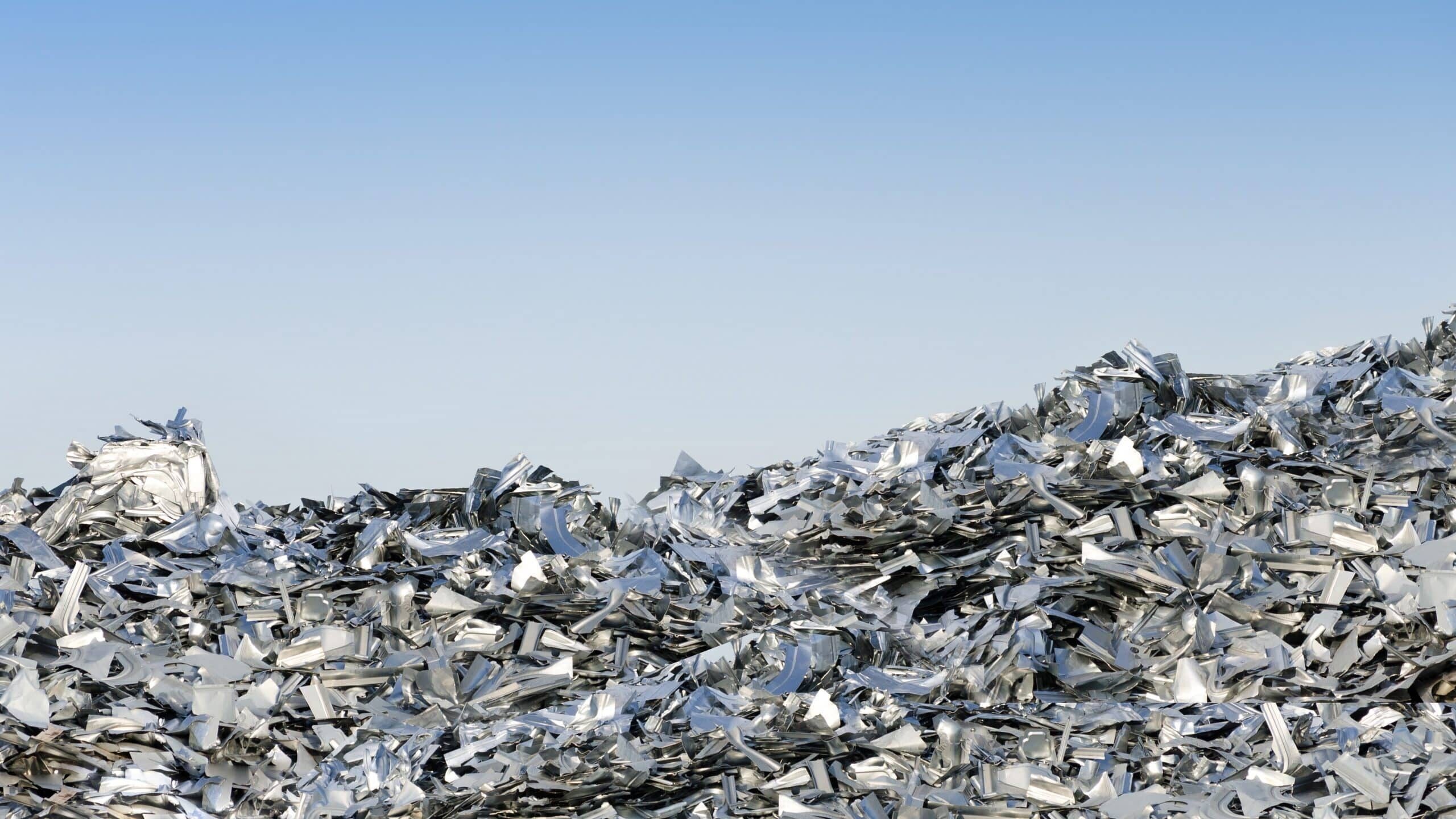

In a year defined by climate alarms and geopolitical rifts, aluminium revealed something deeper about the world: how nations negotiate vulnerability, how industries confront responsibility, and how humanity responds when the numbers stop being abstract and start touching real lives. Across energy maps, recycling gaps, trade battles, and climate negotiations, this metal became a reflection of our collective moral and economic choices.
Weekly Recap: Sustainability & Recycled AL by AL Circle Pvt Ltd
{alcircleadd}Explore- Most accurate data to drive business decisions with 50+ reports across the value chain
When power maps become human maps
Electricity has always been the soul of aluminium, but this year it became its burden.
AL Circle’s deep dive into the global smelting landscape showed aluminium consuming more than 1,100 TWh — nearly 4 per cent of total global electricity generation, a figure captured starkly in the feature inside the global smelting energy map 2023-24. China accounted for 62 per cent of capacity, most of it powered by coal-heavy grids where carbon intensity still sits around 17–18 tonnes CO₂ per tonne of aluminium.
These aren’t just energy economics, but they’re human geographies. They reveal the communities living atop coal seams, the workers in hydro-rich regions like Quebec or Norway producing aluminium at under 4 tonnes of CO₂ per tonne, and the inequalities embedded in the energy systems nations inherit. They reveal why RUSAL’s hydropower-based “Allow” aluminium has become a diplomatic lever in Eurasia — a trend explored in RUSAL’s low-carbon aluminium and the Russia-Turkey partnership. As established many a times, clean aluminium is no longer only a decarbonisation tool; it is a foreign-policy instrument with social consequences.

Recycling as a story of dignity, not waste
If primary aluminium laid bare energy inequalities, recycling exposed the economic and emotional fractures shaping consumption and recovery.
The world celebrated a 75 per cent global aluminium can recycling rate, as chronicled in aluminium can recycling rate touches 75 per cent globally. But the number hides a painful imbalance: Japan and Brazil have recycling rates above 90 per cent, while the US remains stuck near 45-50 per cent due to weak collection infrastructure and policy uncertainty.
That gap becomes human when seen through the eyes of Romania’s citizens, newly empowered by their deposit-return scheme. The Every Can Counts 2025 survey showed Romanians returning over 1 billion beverage containers within months of national rollout — not only recovering material, but recovering trust in institutions.
Yet scrap, like capital, is flowing toward where opportunity feels strongest. Southeast Asia emerged as a magnet, pulling in high-quality European scrap as noted in why global aluminium scrap Is flowing into Southeast Asia. Brussels watched uneasily as its recyclers lost feedstock, prompting new scrutiny of export rules in Europe eyes export restrictions.
Behind the graphs are the people sorting cans in Hanoi, furnace operators in Bursa, port workers in Rotterdam — workers equally dependent on a circular economy that does not yet circle back fairly.
Don't miss out- Buyers are looking for your products on our B2B platform
The 2030 recycling promise (and the fragility behind it)
Governments and producers continue to pledge a fully circular aluminium economy by 2030. But can the recycling industry scale for the 2030 goals — reveals a reality that is less forgiving.
Analysts estimate that global recycling capacity must grow by 35-40 per cent this decade; current trajectories deliver barely half of that.
Novelis demonstrated what progress can look like. Its Voerde plant in Germany cut emissions by 40 per cent with the TWINBED II furnace upgrade, increasing scrap-melting efficiency — a milestone chronicled in Novelis hits 40 per cent emissions cut. It was proof that technology can accelerate transition — but also a reminder that isolated breakthroughs cannot compensate for global inertia.
Renewable energy investment — the lifeblood of low-carbon metals — slowed worryingly. The world invested USD 807 billion in renewable energy in 2023, but momentum is fading, IRENA warned in global renewables investment hits $807 billion.
A slowing transition today guarantees a costlier one tomorrow, especially for energy-intensive materials like aluminium.
Policy tensions that shape industrial futures
Trade and climate policy shaped the aluminium narrative as sharply as commodity markets.
When the EU denied India’s plea for a CBAM exemption, the dispute was a solid evidence of the structural injustice built into global climate frameworks. The analysis of the carbon border dispute deepens, making the political fault lines clear: emerging economies argue CBAM imposes costs they are not historically responsible for; Europe argues climate ambition must not be compromised.
COP30, set in the Amazon, now carries the weight of reconciling these realities. Why COP30 matters for aluminium traced how the aluminium value chain, responsible for 1.1 billion tonnes of CO₂ annually, depends on the outcomes of these negotiations.
Climate summits are no longer just diplomatic gatherings; for aluminium, they determine the cost of compliance, access to markets, and the investment climate for decarbonisation.
What this year really said about the industry
2024–25 did not give us a tidy narrative or a heroic finale. It gave us a truth that business leaders cannot afford to overlook. Aluminium is becoming a humanitarian commodity. It is now a material whose lifecycle exposes how economies grow, who benefits, who adapts, and who bears the cost of transition.
It showed that energy maps reveal inequalities, that recycling statistics reveal social trust, that scrap flows reveal economic displacement, that climate policy reveals geopolitical hierarchy, and that investment patterns reveal our real — not rhetorical — commitment to the future.
The story is ongoing, and aluminium will continue to record the choices we make.
Not in abstraction, but in megatonnes of emissions avoided, billions of dollars invested, and millions of people whose livelihoods depend on whether this industry can transform fast enough, fairly enough, and deeply enough.
Must read: Key industry individuals share their thoughts on the trending topics
Responses








